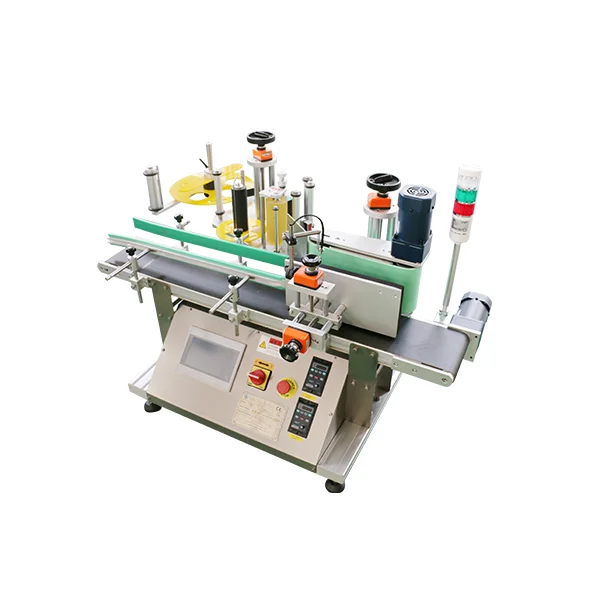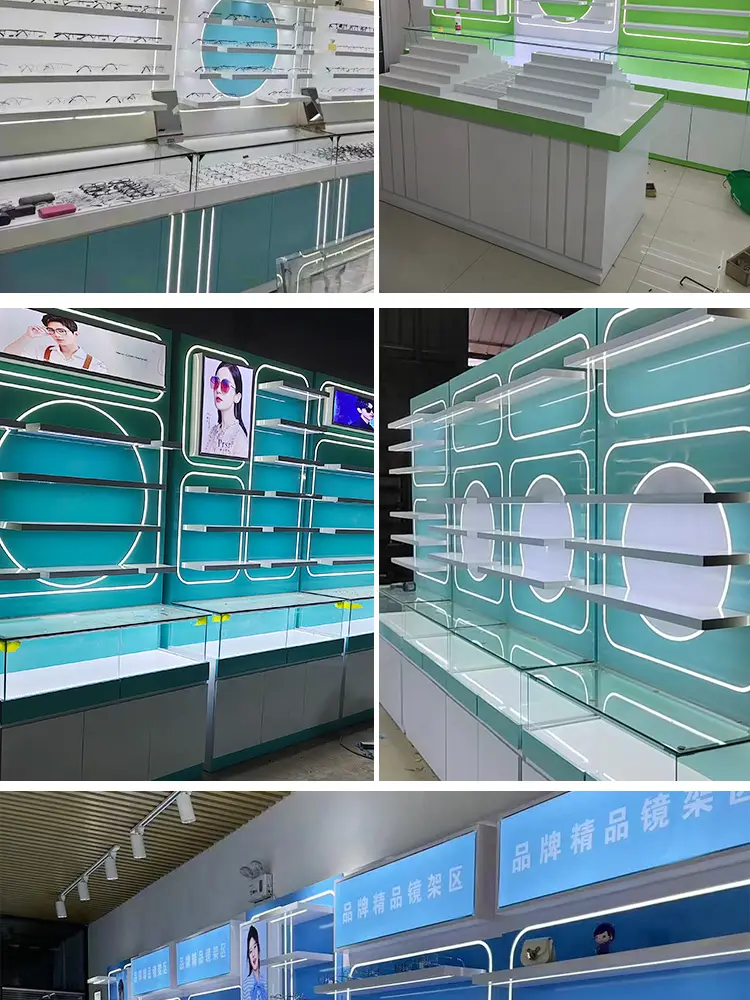In the production process of modern animal husbandry, the quality of feed directly affects the growth rate and health status of animals. Feed pellet mill is a key equipment for producing high-quality pellet feed, and the processing of raw materials is particularly critical. This article will delve into the feed pellet mill’s raw material processing guidelines, covering every detail from raw material selection, pre-processing to finished product inspection, to ensure that the final feed pellets produced meet the dual standards of nutrition and quality.
1. Selection and proportion of raw materials
The raw materials of feed pellets mainly include grains, protein supplements, minerals and vitamins. When selecting these raw materials, the first thing to consider is the nutritional needs of the animals. Animals at different growth stages have different needs for nutritional elements. For example, young livestock require high-protein and high-energy feed, while livestock in the fattening period require more energy-rich feed.
The ratio of raw materials must be scientifically rigorous, which requires customized formulas based on animal species, growth stages, and production goals. A reasonable ratio must not only meet nutritional needs, but also take into account cost-effectiveness. For example, corn is a commonly used energy feed, but when the price is high, you can consider using part of wheat or rice as a substitute.
2. Pretreatment of raw materials
Before the raw materials enter the feed pellet mill, they need to go through a series of pre-processing work to ensure that the physical state of the materials is suitable for pelletizing.
Cleaning: Impurities in raw materials such as stones, metals, plastics, etc. must be removed to prevent damage to the pellet machine and affect feed quality.
Crushing: Most raw materials need to be crushed into fine powder, which helps to improve the density and uniformity of the particles. The size of the crushed particles directly affects the granulation effect and animal digestion and absorption rate.
Mixing: Mix various raw materials according to the formula proportion to ensure that the nutritional content of each batch of feed is uniform. Mixing uniformity is one of the important indicators for evaluating feed quality.
Conditioning: Add an appropriate amount of moisture and steam to the mixed raw materials to improve the plasticity of the materials through conditioning and prepare for granulation. Temperature and humidity control during the conditioning process are crucial to the quality of the pellets.
3. Adjustment and operation of pellet machine
After the raw material pretreatment is completed, the next step is to use feed pellet mill for granulation. The operator needs to adjust various parameters of the pellet machine according to the characteristics of the raw materials and the size of the required particles.
Mold selection: Select a mold with appropriate aperture according to the diameter of the required particles.
Pressure adjustment: By adjusting the pressure roller of the feed pellet mill, the degree of compaction of the raw materials through the mold is controlled, thereby affecting the hardness and density of the pellets.
Temperature monitoring: The temperature during the granulation process needs to be strictly controlled. Excessive temperature may cause the loss of nutrients and even burn the granules.
4. Processing and Inspection of Finished Products
After the granules are made, they also need to go through a series of subsequent processing processes such as cooling, drying, screening and packaging.
Cooling: Newly made pellets have a higher temperature and need to be cooled quickly to prevent mold and nutrient loss.
Drying: If the granules contain too much moisture, they need to be dried to ensure the storage stability of the granules.
Screening: Screening removes debris and unqualified particles from the granules to ensure the uniformity of the finished product.
Inspection: Finally, the finished particles are inspected for quality, including particle size, hardness, breakage rate and nutritional content.
The processing of feed pellet mill raw materials is a systematic and complex process, which involves the selection of raw materials, pretreatment, granulation, and the processing and inspection of finished products. Selecting the right raw materials and handling them appropriately are the keys to feed pellet mill processing. We hope that the content of this article can provide some guidance and help for the raw material processing of feed pellet mill.
mia
fast@jsfast.cn



